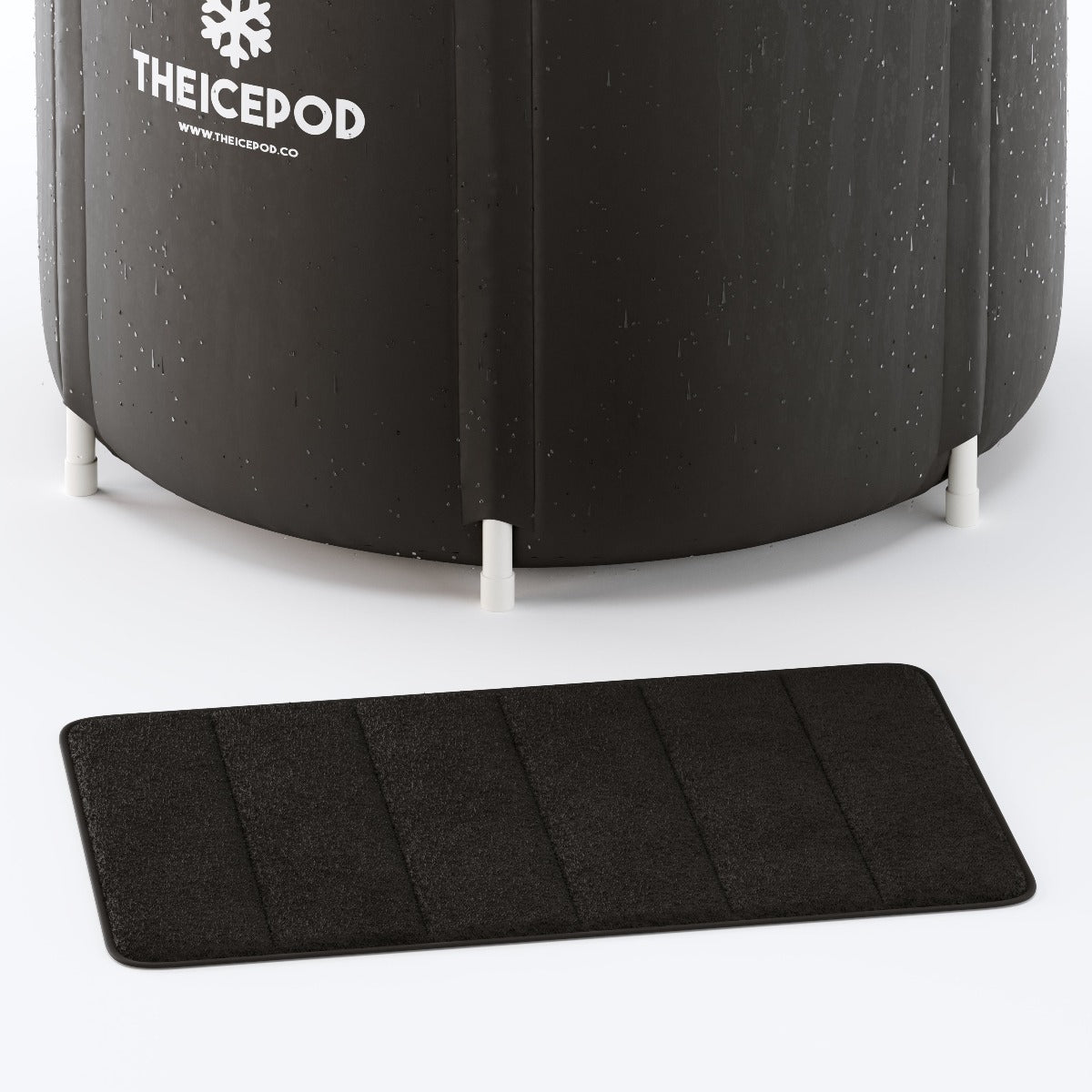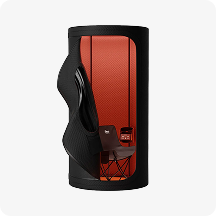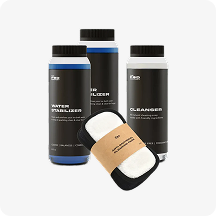Mindfulness and Meditation
In recent years, mindfulness and meditation have gained popularity as powerful practices for managing stress, enhancing mental well-being, and promoting overall health. But what exactly are mindfulness and meditation, and how can you incorporate them into your daily life? This article provides an in-depth look at mindfulness and meditation, their benefits, and practical tips for getting started.
Understanding Mindfulness and Meditation
Mindfulness is the practice of being fully present and aware of your thoughts, feelings, and surroundings without judgment. It involves paying attention to the current moment rather than dwelling on the past or worrying about the future.
Meditation is a broader practice that often incorporates mindfulness but can also involve other techniques, such as focusing on a mantra or visualizations. Meditation is designed to train the mind, cultivate awareness, and achieve a mentally clear and emotionally calm state.
The Relationship Between Mindfulness and Meditation:
- Mindfulness is often practiced during meditation but can be applied to everyday activities, such as eating, walking, or working.
- Meditation is a structured practice that usually involves sitting quietly and focusing the mind, often leading to a mindful state.
Benefits of Mindfulness and Meditation
Practicing mindfulness and meditation offers numerous benefits for both the mind and body. These practices have been shown to:
- Reduce Stress: Mindfulness and meditation help lower cortisol levels, the body’s primary stress hormone, creating a sense of calm and relaxation.
- Improve Focus and Concentration: Meditation strengthens your attention span, enhancing your ability to concentrate on tasks.
- Boost Emotional Resilience: Regular practice can help you manage emotions better, reduce anxiety, and improve mood.
- Enhance Sleep Quality: Mindfulness helps relax the mind before bed, promoting better sleep and reducing insomnia.
- Support Physical Health: Studies have shown that meditation can reduce blood pressure, improve heart health, and boost immune function.
Getting Started with Mindfulness and Meditation
Starting a mindfulness and meditation practice can feel overwhelming, but simple steps can make it easier to integrate these practices into your routine.
1. Start with Short Sessions
For beginners, it’s best to start with just 5-10 minutes of meditation each day and gradually increase the duration as you become more comfortable. The goal is consistency, so even a few minutes daily can make a difference.
- Set a Timer: Use a timer to keep track of your meditation time, starting with a few minutes and slowly increasing over weeks.
2. Focus on Your Breath
Breath awareness is one of the simplest and most effective meditation techniques. By focusing on each breath, you bring your attention to the present moment.
- Breathing Exercise: Sit comfortably, close your eyes, and take slow, deep breaths. Focus on the sensation of the air entering and leaving your body, allowing yourself to relax with each exhale.
3. Practice Body Scan Meditation
Body scan meditation is a type of mindfulness practice where you focus on each part of your body, noticing sensations without judgment. This technique can help you become more aware of physical tension and promote relaxation.
- How to Practice: Start from your toes and slowly work your way up, mentally scanning each part of your body. Notice any tightness, tingling, or warmth, and gently release any tension you find.
4. Use Guided Meditations
Guided meditations can be helpful, especially for beginners, as they provide step-by-step instructions and keep you focused. You can find guided meditations on apps like Headspace, Calm, and Insight Timer.
- Benefits of Guided Meditation: Guided sessions can help beginners develop mindfulness skills and stay engaged in their practice.
5. Practice Mindfulness in Daily Activities
Mindfulness doesn’t need to be limited to sitting meditation. Try incorporating mindfulness into daily tasks such as:
- Mindful Eating: Focus on the flavors, textures, and smells of your food, eating slowly and savoring each bite.
- Mindful Walking: Pay attention to each step, feeling the ground beneath your feet and noticing your surroundings as you walk.
- Mindful Listening: When talking with others, practice fully listening without interrupting or thinking about your response.
Additional Tools for Enhancing Mindfulness and Meditation
Certain tools and practices can support and enhance your meditation experience:
- Meditation Apps: Using an app can help structure your meditation practice, offering reminders, guided sessions, and tips to improve focus and relaxation.
- Comfortable Space: Create a dedicated, clutter-free meditation space. This could include a comfortable cushion, a soft blanket, or a quiet corner with minimal distractions.
- Cold Therapy: Cold therapy can promote mental clarity and relaxation, which enhances meditation. Using products like The Pod Company’s Ice Pods for a quick cold exposure before or after meditation can reduce stress levels and bring a heightened sense of calm to your practice.
Common Obstacles to Mindfulness and Meditation
- Restlessness: It’s common to feel restless or distracted when you first start meditating. Remember that meditation is a skill that improves with time and practice.
- Judgmental Thoughts: Many people struggle with self-criticism during mindfulness practice. The key is to observe your thoughts without judgment, letting them pass like clouds in the sky.
- Difficulty Sitting Still: If sitting still is challenging, consider starting with mindful walking or body scan meditation to ease into a more stationary practice.
Tips for Staying Consistent
To experience the full benefits of mindfulness and meditation, consistency is key. Here are a few tips to help you build a regular practice:
- Set a Routine: Choose a specific time each day to meditate, whether it’s in the morning, during lunch, or before bed.
- Start Small: Begin with short sessions, and gradually increase as you get more comfortable with the practice.
- Stay Patient: Meditation requires patience and self-compassion. Results may take time, so focus on the process rather than the outcome.
When to Seek Additional Support
If you find that stress, anxiety, or emotional struggles are too overwhelming to manage on your own, it may be helpful to seek guidance from a mental health professional. While mindfulness and meditation can be powerful tools, professional support can offer additional resources and coping strategies.
Conclusion
Mindfulness and meditation are powerful practices that can help reduce stress, enhance focus, and improve emotional resilience. By incorporating these practices into your daily routine, you can develop a greater sense of inner peace and awareness.
Using tools like The Pod Company’s Ice Pods for cold therapy can further enhance your mindfulness practice by promoting relaxation and mental clarity. Whether you’re starting with breath awareness, guided meditations, or mindful daily activities, building a consistent practice will help you reap the long-term benefits of mindfulness and meditation.
With patience and persistence, these practices can transform the way you handle stress and help you lead a more balanced, fulfilling life.

































